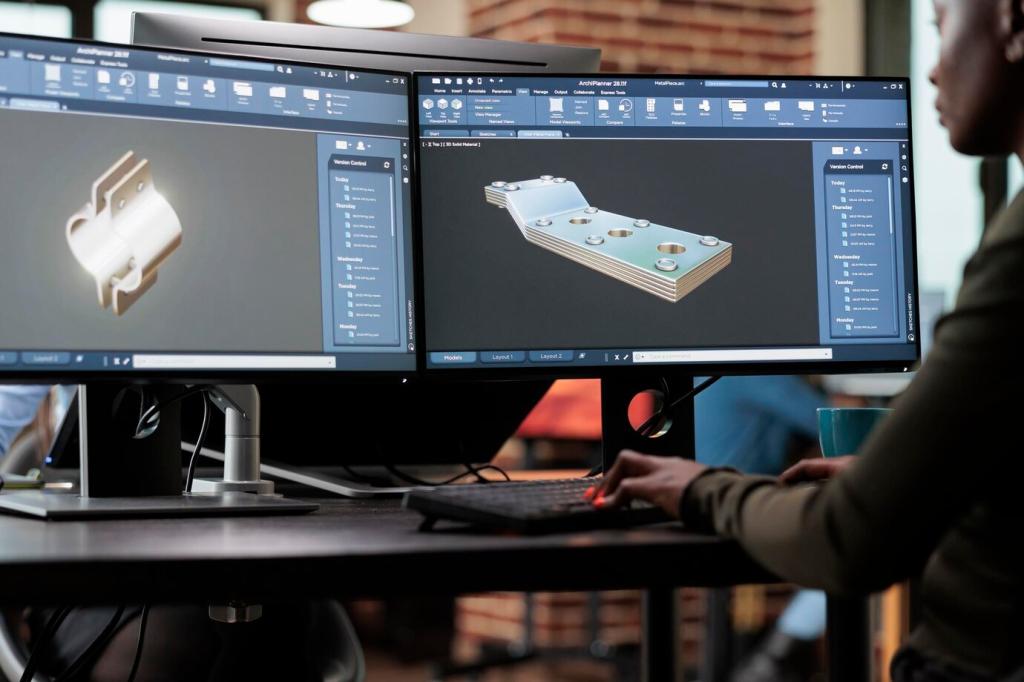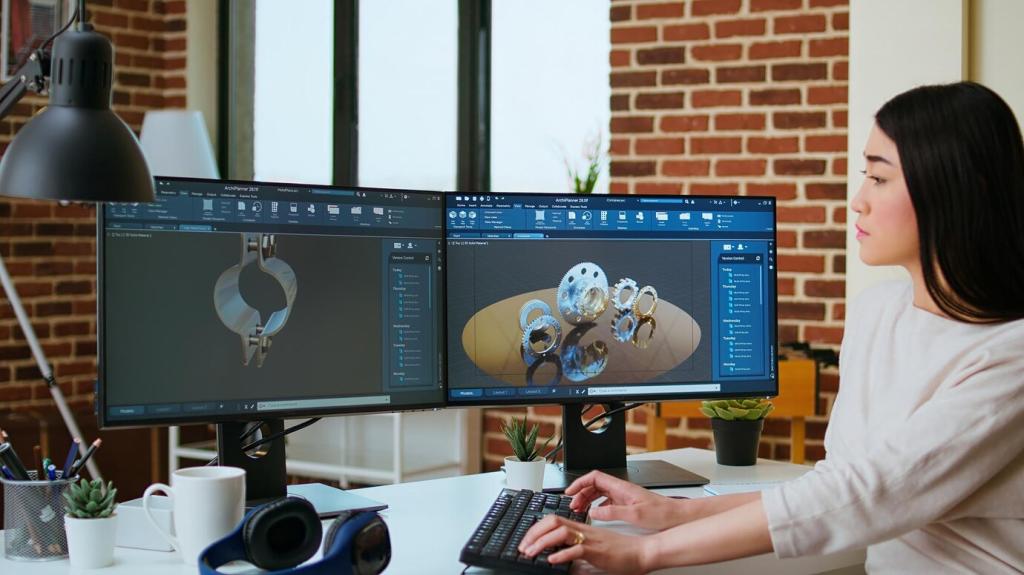Moisture and Bio-Responsive Strategies
Bilayer wood strips curl as moisture changes, opening and closing apertures without motors or wires. Grain direction and thickness set sensitivity, while coatings tune responsiveness. A gallery facade we visited breathed with coastal fog, gently pulsing throughout the day. Would you deploy this on your climate? Share your rationale.
Moisture and Bio-Responsive Strategies
Hydrogels swell to narrow pores under humidity, then contract to restore airflow and light. Pigments and UV stabilizers guard longevity, while fiber scaffolds control swelling geometry. The poetry is in the pattern. If you’ve tested hydrogels outdoors, what cycling protocol and edge detailing delivered the best stability?



